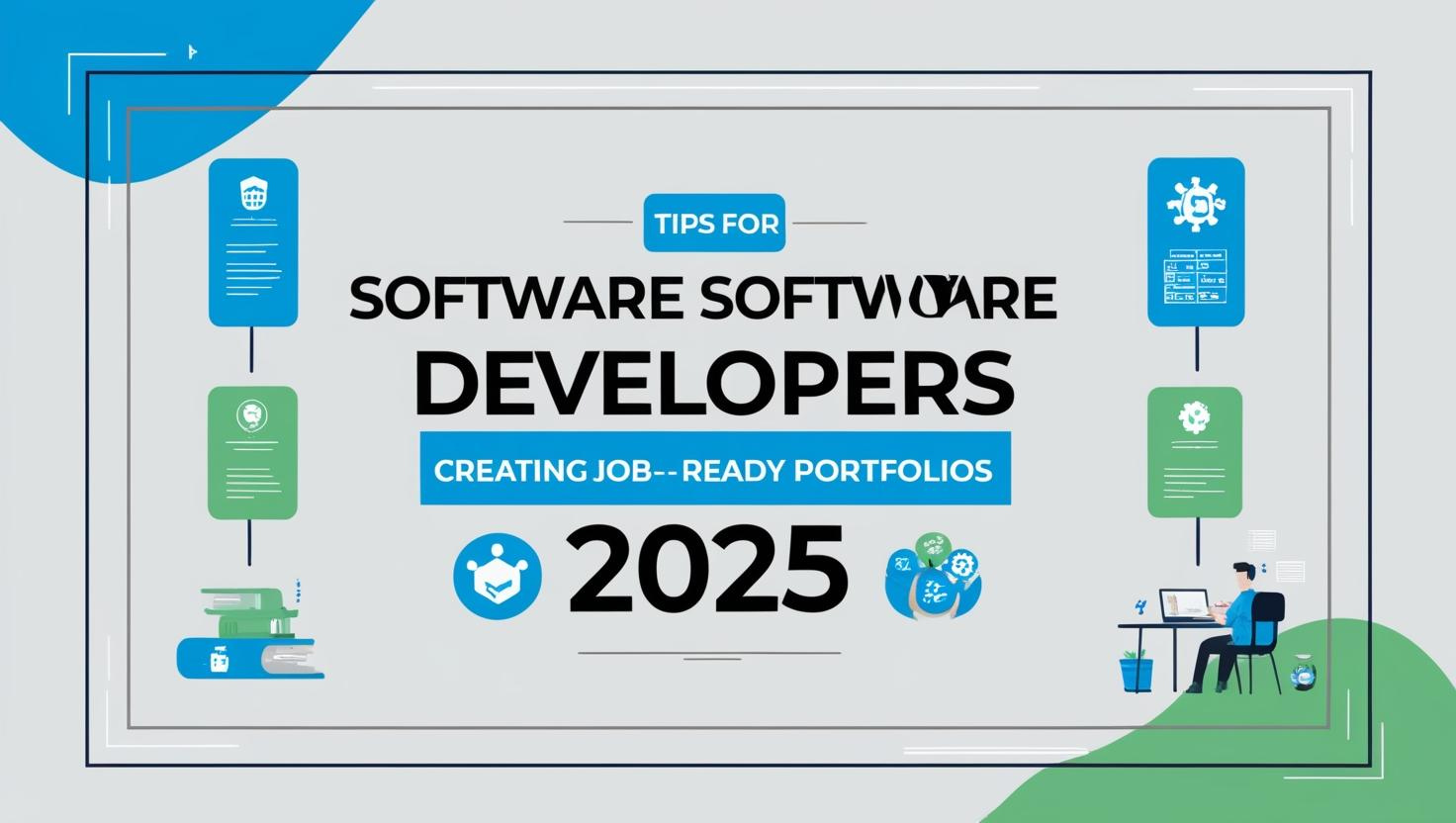Creating the Perfect Job-Ready Portfolio: Tips for Software Developers in 2025

In the competitive landscape of 2025, a standout portfolio is no longer optional for software developers—it's your ticket to landing that dream job. Think of it as your interactive resume, showcasing not just your skills but also your passion and problem-solving prowess. This isn't about throwing together a few code snippets; it's about crafting a narrative of your development journey. A perfect job-ready portfolio demonstrates your ability to build real-world projects, highlighting your understanding of different technologies, and showcasing your commitment to clean, efficient code. This guide will give you actionable tips on how to build a portfolio that is not only technically impressive but also resonates with potential employers, ultimately moving you to the top of the hiring pile.
Creating the perfect job-ready portfolio in 2025 for software developers is about more than just showing what you can do; it's about proving that you're the ideal candidate. It's a carefully curated collection of your best work, designed to speak directly to the specific demands of modern software development roles. Whether you're targeting a front-end, back-end, mobile, or AI-focused position, your portfolio should be tailored to reflect your expertise in that area. This isn't a one-size-fits-all approach. A strong portfolio tells a story of growth, showcasing your journey and ability to learn new technologies. It should also reflect your understanding of user-centered design, best practices, and collaboration. By following these tips, you'll be well on your way to creating a portfolio that not only gets noticed but also lands you the interviews you deserve in 2025.
Why a Strong Portfolio is Crucial in 2025
In the rapidly evolving tech world of 2025, a powerful portfolio has become the most impactful tool in your job-seeking arsenal, eclipsing traditional resumes in importance. It’s not enough to simply list your skills; you need to demonstrate them. Recruiters and hiring managers are increasingly relying on portfolios to quickly assess a developer's practical abilities, problem-solving skills, and overall fit for their team. Your portfolio is essentially a living, breathing example of your capabilities, showcasing real projects, coding style, and your thought process, all of which a resume simply can't convey. In a competitive job market, a strong portfolio can be the deciding factor that elevates you above other candidates, proving your skills and passion in a way that traditional documents never could. It’s your chance to make a memorable and lasting impression, proving that you are ready to make meaningful contributions from day one.
The landscape of software development in 2025 demands more than just technical proficiency. It requires creativity, innovation, and the ability to adapt to new technologies. Your portfolio is the perfect platform to highlight these qualities. A well-crafted portfolio reveals your commitment to continuous learning, your ability to handle diverse projects, and your passion for innovative solutions. It's an opportunity to showcase your unique approach, not just to coding, but to problem-solving as well. Additionally, in an era of remote work and global teams, a digital portfolio is accessible to employers worldwide, providing a broader range of opportunities. Let your portfolio be your voice, telling the story of your software development journey, ultimately proving that you’re not just skilled – you're an indispensable asset for any forward-thinking tech company. Building a strong portfolio ensures that you stand out and consistently captures attention of potential employers.
The Role of Portfolios in Landing Tech Jobs
In today's tech industry, your portfolio serves as a dynamic, interactive resume, providing potential employers with a concrete demonstration of your skills and abilities. It’s more than just a list of projects; it’s a curated exhibit of your development journey, showcasing your practical experience and passion for coding. For hiring managers, a portfolio offers invaluable insights that traditional resumes simply can't provide, allowing them to assess your coding style, problem-solving techniques, and overall technical proficiency. In a landscape where competition is fierce, a robust portfolio can be the deciding factor that gets you noticed, helping you stand out from the crowd and secure those coveted interviews. Ultimately, your portfolio is your strongest advocate, demonstrating your capabilities in a way that goes beyond mere words, making you a more attractive candidate to any potential employer.
